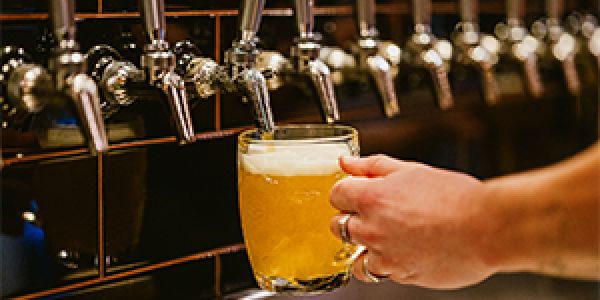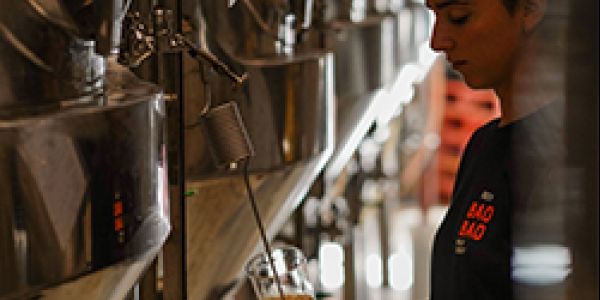
Beer is typically brewed with four key ingredients: water, hops, yeast and grains (usually malted barley).
The brewing process is complex but generally involves milling, mashing, lautering, boiling, fermentation, conditioning and finally packaging, ready for you to enjoy!
To better understand the brewing process, let's dive a little deeper into a few of these steps -
Photo: Final check on the Stout before packaging! Black Brewing Co.

Making beer begins with carefully selected malts combined with water at just the right temperature for just the right amount of time and it all starts in the mash tun.
To start, the malt is crushed, not too fine and not too course, in a process called milling which exposes the starches inside the malt.
Once all the malt has been milled, it is added to the mash tun along with hot water where it steeps for about an hour and looks a bit like porridge. In this time the enzymes in the malt activate and work to turn the malt’s starches into fermentable sugars. Both temperature and time will vary slightly depending on what style of beer is being made.
Once the sugars have been converted, the liquid, now called wort (pronounced “wert”), needs to be separated from the malt. The wort is moved slowly through a false bottom in the mash tun and into the next vessel, called the kettle.

The kettle is where, as the name suggests, the wort is boiled. Hops are adding at varying stages of the boil in order to impart bitterness and flavour. The earlier the hops are added, the most bitterness from them is imparted, the later is all about releasing the aromatics.
Hops are one of the main ingredients of beer, contributing both flavour and aroma, and depending on the beer, can be used sparingly or liberally at several stages of the brewing process. Hops come in an increasing number of varieties and can be added in a number of ways such as whole hop flowers, pellets or oils

After about 90 minutes, it's time for the whirlpool - this can happen in the kettle or in a dedicated whirlpool vessel. In this step the wort moves in a whirlpool motion, forcing debris from the hops (called the trub) and any other unwanted matter together at the bottom of the tank making it easy to leave behind as the wort is transferred to the next vessel.
The wort is rapidly cooled on its way to the fermentation tank to ensure it is at a temperature suitable for yeast to thrive. It's often joked that brewers don't make beer, they look after the yeast and it's the yeast that makes beer. This is because of how important happy and healthy yeast is to a good beer. Once added, yeast cells create more yeast cells which turn sugar into ethanol and CO2 and, depending on the type of yeast, they might produce their own flavours too.





